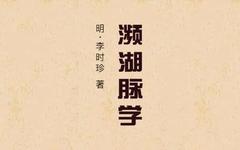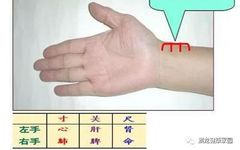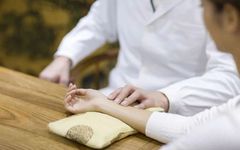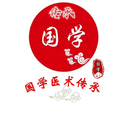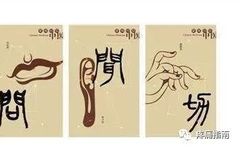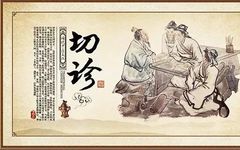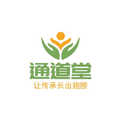Introduction to TCM Pulse Diagnosis: A Comprehensive Study of the Pinghu Pulse Theory!
1、Fú (Floating) Fú mài (Floating pulse) is characterized by a strong presence when lifted and a weak presence when pressed down (from Mài jīng). It resembles the light touch of a breeze on a bird’s feathers, appearing light and floating, like the movement of elm seeds (from Sù wèn), like wood floating on water (from … Read more

